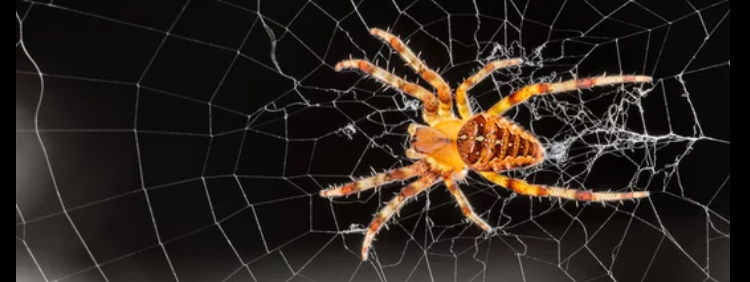 People tend to take very strong stances on spiders. Some people, for instance, keep spiders as pets in at-home terrariums; others avoid spiders at all costs. Though there are many reasons spiders evoke such distinct reactions, the hairiness of these eight-legged creatures is especially notable. What is the purpose of this hair? Is it really hair, or is it some other kind of feature? Consider a few interesting facts that may help you better understand the design and lifestyle of arachnids in Burlington, whether your goal is to keep them at bay or invite them to hang around long-term.
People tend to take very strong stances on spiders. Some people, for instance, keep spiders as pets in at-home terrariums; others avoid spiders at all costs. Though there are many reasons spiders evoke such distinct reactions, the hairiness of these eight-legged creatures is especially notable. What is the purpose of this hair? Is it really hair, or is it some other kind of feature? Consider a few interesting facts that may help you better understand the design and lifestyle of arachnids in Burlington, whether your goal is to keep them at bay or invite them to hang around long-term.
 People tend to take very strong stances on spiders. Some people, for instance, keep spiders as pets in at-home terrariums; others avoid spiders at all costs. Though there are many reasons spiders evoke such distinct reactions, the hairiness of these eight-legged creatures is especially notable. What is the purpose of this hair? Is it really hair, or is it some other kind of feature? Consider a few interesting facts that may help you better understand the design and lifestyle of arachnids in Burlington, whether your goal is to keep them at bay or invite them to hang around long-term.
People tend to take very strong stances on spiders. Some people, for instance, keep spiders as pets in at-home terrariums; others avoid spiders at all costs. Though there are many reasons spiders evoke such distinct reactions, the hairiness of these eight-legged creatures is especially notable. What is the purpose of this hair? Is it really hair, or is it some other kind of feature? Consider a few interesting facts that may help you better understand the design and lifestyle of arachnids in Burlington, whether your goal is to keep them at bay or invite them to hang around long-term.

